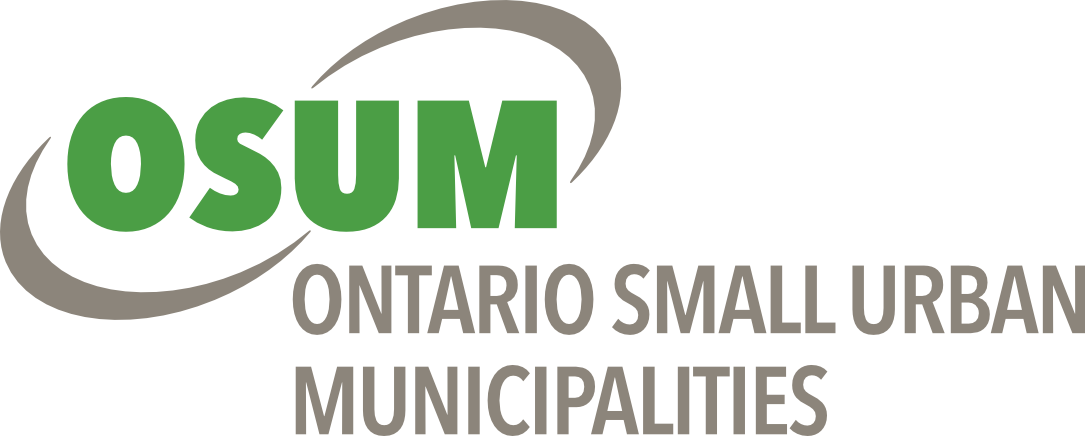Risk Financing
By Shannon Devane
Program Manager - Municipal Risk Management
Municipal governments in Ontario are responsible for a variety of necessary functions, including addressing community needs, ensuring public safety, and providing essential services. This broad scope of responsibilities exposes them to a wider range of risks, making comprehensive risk management strategies and sufficient insurance coverage a key part of their strategic plans. In this post, we'll dive into the options for risk financing outside of traditional insurance procurement.
Claims and Insurance
Municipalities encounter a wide variety of potential claims, including property damage and personal injury, as well as employment disagreements and environmental duties. Some examples include trips and falls, fallen trees, and inadequate lighting on streets. Having appropriate insurance coverage in place enables municipalities to manage these claims effectively. Insurance provides financial protection against unanticipated events, allowing communities to remain operational without substantial financial disruptions. This form of risk transfer is critical for protecting public assets and maintaining the smooth operation of municipal services.
Alternative Risk Transfer
Alternative risk transfer (ART) refers to innovative risk-management solutions that municipalities can implement in addition to or in place of standard insurance procurement. It is essentially paying somebody else to take on your downside risk. This includes self-insurance, in which municipalities set aside funds to cover forthcoming losses, but also includes pooling, reciprocals, captives and more. ART can allow municipalities more autonomy and influence over their risk management and claims approaches.
Let’s look at the options:
- Insurance
Insurance is an option for effectively mitigating against future losses. Governments are offered significant advantages through insurance, protecting public assets from a variety of risks including accidents and liability claims. Municipalities can assure reliability and stability in their daily operations by transferring these risks to an insurer. This also enables municipalities to make use of their finances in ways that benefit their residents, as they are no longer required to set aside significant cash reserves in case of unanticipated events. Furthermore, insurance could also help a municipality to establish rapport and confidence with individuals and investors by demonstrating a proactive approach to risk management.
- Pooling
Insurance pooling is a process in which numerous parties pool their risks and resources. Pooling distributes risk over a wider group, lessening the financial burden on any one particular municipality in the event of a substantial claim. This collective strategy can result in more stable and predictable insurance costs, making it an appealing option for municipal governments.
- Reciprocal and Captives
Reciprocal and captive insurance arrangements are alternate kinds of risk financing in which municipalities form a mutual insurance company (reciprocal) or establish their own insurance company (captive). These organizations are owned and controlled by the municipalities that they insure, allowing for more tailored coverage and control over the claims and risk management practices. This method can result in significant cost reductions and more customized risk management solutions.
- Protective Associations
Protective associations are collaborative organizations that offer specialized risk management services to their members and provide assistance to members in the event of a legal action. While an insurance contract is not present, entities can benefit from joining protective associations, which offer collective negotiating strength, combined resources, and risk management expertise. This method is mutually beneficial for the parties that are involved and allows for greater control and flexibility when compared to traditional insurance. Protective Associations also strengthen relationships between members and any surplus funds can be reinvested to create additional opportunities. Furthermore, protective associations regularly offer training, risk assessments, and loss control services to help municipalities improve their overall risk management capabilities. Some examples of Protective Associations include the Canadian Medical Protective Association (CMPA), the Canadian Chiropractic Protective Association and the Canadian Dental Protective Association (CDPA).
Municipal governments face an extensive range of risks, demanding comprehensive and strategic risk management solutions. Municipalities may safeguard their assets, assure the continuity of key services, and build resilient communities by utilizing various insurance types and implementing proactive risk management measures. LAS continues to explore ways to assist municipalities manage risk, including the creation of a Protective Association. Understanding municipal risk and strategically planning for the management of that risk, including how to finance it, is not only a matter of financial prudence for municipalities but is a commitment to protecting the public interest while encouraging sustainable community development.





